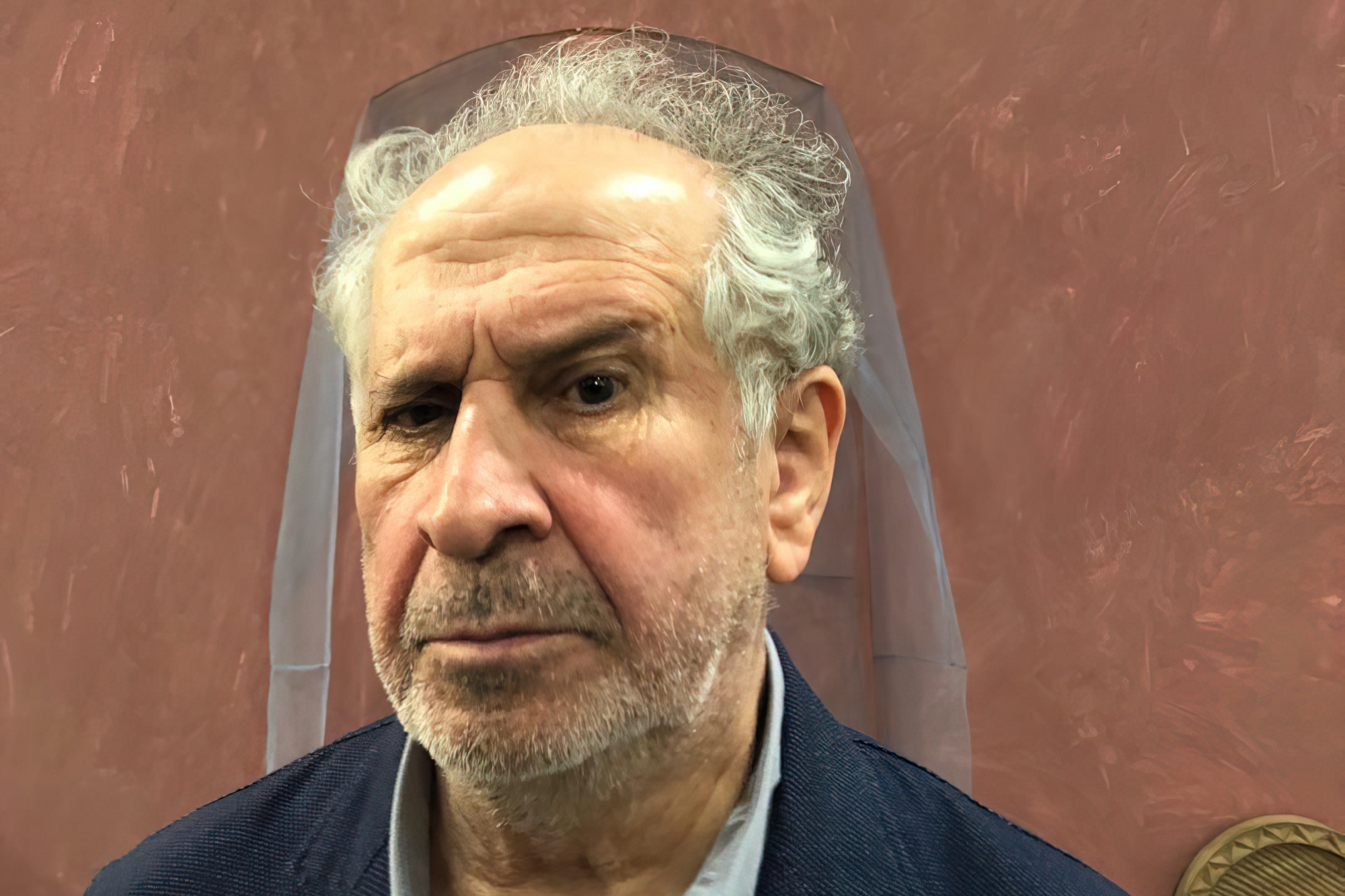News
Gürkan Coşkun (Komet) (1941–2022)


A charismatic painter of fantastical allegorical scenes, a poet, and an admired cultural figure in Turkey, Gürkan Coşkun, known as Komet, died in Istanbul on September 25 of cancer. He was 81 years old. A longtime resident of Paris, where he had lived since 1971, Komet retained close ties with the arts and literature communities in Turkey throughout his life.
Born in the north-central Anatolian province of Çorum and an avid reader of literature in his teenage years, Coşkun went to study at the Fine Arts Academy in Istanbul (now Mimar Sinan Fine Arts University) from 1960 to 1967. There he worked in the studios of noted early modern artists Halil Dikmen and Zeki Faik İzer and was part of the 1968 generation of artists in Turkey. Coşkun then received a state scholarship to study in Paris at the Vincennes University’s Department of Plastic Arts in Paris, where he went in 1971. During that period, he changed his name to “Komet,” in part inspired by the band Bill Haley and His Comets, according to his friend, the painter Mehmet Güleryüz.
Over the course of the 1970s and ’80s, Komet developed a keen interest in pre-Renaissance Italian artists and the earlier 1st-century CE painters of Pompeii. In 1974 his work was accepted into the long-running Salon de Mai annual exhibition and he showed at several other French galleries in Rouen, Paris, and Bobigny. Among his many gallery exhibitions, he exhibited at the pioneering Maçka Sanat Galerisi in Istanbul (1977, 1979, and 1986), Galerie Meyer in Lausanne (1978), Galerie Hilger in Vienna (1979), as well as other group exhibitions in France, Italy, Switzerland, and the United States during the 1980s.
As the intense repression in Turkey eased after the 1980 military coup d’état, in 1987, gallerist Yahşi Baraz organized an exhibition “Türk Resminde Modernleşme Süreci” (“Turkish Painting in the Process of Modernization”) at the Atatürk Cultural Center in Istanbul. Komet’s work was later included in the later survey “Modern Turk: Turkish Art in the Second Half of the 20th Century,” at the Royal Stables of the Topkapı Palace Museum in 2001. He also participated in the first Istanbul Biennial in 1987 with presentations by Artisan and Tem galleries, and the second Istanbul Biennial in 1989, in an exhibition about Turkish paintings in the 1980s, held at the Military Museum. His work is in the collections of the Istanbul Modern; Sakıp Sabancı Museum, Istanbul; the Cantonal Museum of Fine Arts, Lausanne; the Museum of Modern Art Ludwig Foundation, Vienna; Statens Museum for Kunst, Copenhagen; and the Paris Museum of Modern Arts.
While known as a poet and painter, he also created video art such as the 29 video-installations shown at the “Idi Idim Idik” exhibition in 2000. In 2009, he held the video and photography exhibition “Yok” (“None”) at Karşı Sanat gallery.
To mark the artist’s 80th birthday, Dirimart gallery in Istanbul featured 12 large-scale (“intemporal”) figurative paintings and six (“Alto-Modern”) paintings. Komet had organized the first exhibition held by the gallery in 2002 with 55 artists.
In a recent interview with Ahmet Ergenç, he agreed with poet Lale Müldür’s phrase “realist-surreal” as an apt description of his style. He also said in an interview with Oral Çalışlar: “Art is something that is associated with the concept of freedom. The artist needs to free himself so that that freedom can be reflected on the audience.”
Bedri Baykam, who spoke at Komet’s funeral, wrote in a farewell text to his friend: “How many conversations are left unfinished, Komet!”
HG Masters is ArtAsiaPacific’s deputy editor and deputy publisher.







